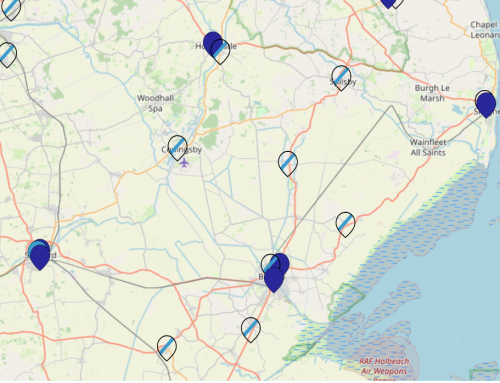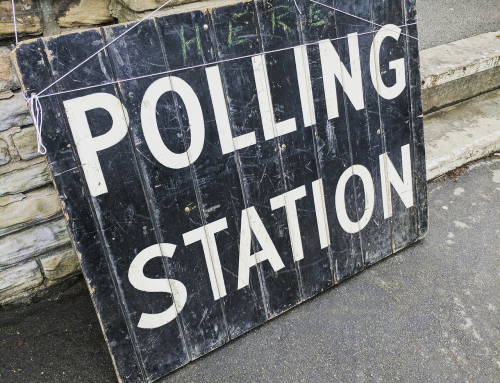 Schools Week reports that the government appears to have ‘watered down’ its agreement with grammar schools to admit more disadvantaged pupils. A new memorandum of understanding (MoU) between the Department for Education and Grammar School Heads’ Association (GSHA) has been published, covering the period from this year up to 2027.
Schools Week reports that the government appears to have ‘watered down’ its agreement with grammar schools to admit more disadvantaged pupils. A new memorandum of understanding (MoU) between the Department for Education and Grammar School Heads’ Association (GSHA) has been published, covering the period from this year up to 2027.
Although the document refers to a “shared ambition” to see more pupils from lower-income backgrounds admitted to grammar schools, success measures in the last agreement have been reduced. In the previous agreement, the DfE and GSHA agreed to report on “upwards trends” in the number of disadvantaged children applying to, and admitted to, selective schools.
The new document only commits to “evaluate progress” by “monitoring the numbers of disadvantaged children being admitted to selective schools with a view to seeing an upward trend”. The goal of securing higher numbers of disadvantaged applicants to grammars has been removed.
CF’s chair, Dr Nuala Burgess, said, “The new memorandum of understanding between the DfE and the Grammar School Heads’ Association is a pretty toothless affair. The language of the new memorandum is woolly but it appears that the GSHA has decided to ditch its plans to look critically at the number of disadvantaged pupils applying to grammar schools and is content to focus instead on total numbers of pupils entering their schools. We remain in the dark about whether outreach work, if undertaken, might be encouraging more disadvantaged children to apply to grammar schools. There is nothing in the memorandum but an implication that they intend to keep an eye on things with fingers crossed. It is difficult to believe that this monitoring will be enough to make any kind of difference.”
Dr Nuala Burgess said, “It seems that the GSHA doesn’t feel the need to follow the basic principles of evidence-based reporting. All anyone would ask is whether the percentage of disadvantaged pupils accessing grammars is rising or falling each year, and how this percentage compares with nearby non-selective schools. The fact is that progress reports to the DfE lack any detail and contain no figures yet the GSHA seem unapologetic. The best they come up with in reports is a vaguely worded claim that there has been a ‘slight increase in admissions but not a drastic change.’ This kind of language hardly inspires confidence.”
In meetings with the DfE the GSHA has mentioned that extremely low numbers of disadvantaged pupils are in the top 25% attainment range ‘suitable’ for grammar schools. Indeed a study by the EPI showed that at the end of primary school only around 6% of Free School Meals pupils are found in the top quarter of the attainment distribution. Yet, instead of using evidence like this to set a realistic percentage target of disadvantaged pupil numbers, and tracking and reporting progress towards this target each year, the DfE and GSHA prefer to somewhat vaguely monitor numbers “with a view” to seeing an upward trend. There are data experts in every school these days, not to mention the DfE itself, so it is unusual to see such limited factual reporting.
Dr Nuala Burgess said, “Grammar schools should come clean. Based on information available to them on their annual intake they should clearly state the percentage increase of disadvantaged children they aim to admit, with a timeline, and how they intend to go about achieving their target. We need to be convinced that the GSHA is serious about admitting more disadvantaged pupils. They appear to think that “monitoring the numbers” is good enough. It isn’t.”





